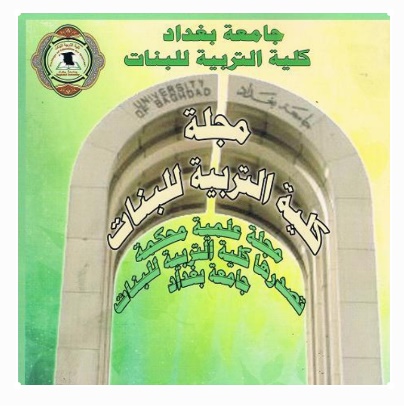The Haughtiness and the Humility in Al Koran
Abstract
Abstract
What the research come to:
1- The presentation of the image of the proud person in this
mortal life appeared in several styles such as (conversation)
arousing the insert once and convincing in other time,
(confirmation) in all its types، (argument) scolding with the
gradual progress of time of the discourse .Interview and
parallelism are two of these styles with the presences of the
repetition style especially in the topics that has a reference to
the theme of (pride) being implied not directly stated. The
Koran discourse varied in its reference to the theme of pride
according to the context which is mentioned directly
(eighteen times) which formed one third of the number of
times of its mentioning in the Holy Koran and in different
forms.
2- The verb with additional letters is repeated (ﺘﻜﺒﺮǴ ﯾﺴ-ﺘﻜﺒﺮǴ )اﺳand
the present participle that is derived from the verb more than
others giving the sense of the request and “he becoming”
and the sense of how great the guilt which the request left in
the person's self.
3- The verbs mentioned more than the nouns referring that this
urgent adjective is not natural creatures and changeable not
adherent, yet what is constant is modesty, and because the
verb is variable and changeable the call was repeated to
dismiss to renounce pride and be back to the origins.
Pride is also mentioned in the form of present participle
referring to the event either described with atheism or arrogant or
in the sense of him being chained with his insistence that is
because the present principle is not in the reality of perception but
not in the order of Allah (be raised far above) in the changing and
variable form for the future.
The moral evidence to understand the meaning of the event
comes from the side of the meaning attributed to the additional
letters of the forms and what the form (ﺘﻔﻌﻞǴ )اﺳserve as request,
power, and fault, also what the form (ﻞǴ)ﺗﻔﻌinclude of artificiality and
exposition to the reverence which appears in the Koran discourse
in the form of adverb, describing the manner and restricting the
verb, with the variety of types and subjects, leading to the
assertion in its repletion overlapping and the sequence of its
sentences. This proves the faith in “right” and calmness of the
“self” in the believers, opposite it with the sense in the unbelievers
like lowness and disgrace.
The image of reverence comes perfectly to include the
calmness of the heart and self organs and the entire creatures
which is the reverence caused by faith in any doctrine and in any
situation with desire and fear in this mortal and in the ever after
that is because the mortal evidence or one which shape the form.

Published
Issue
Section
License
![]()
All articles published in Journal of College of Education for Women are licensed under a Creative Commons Attribution 4.0 International License.










